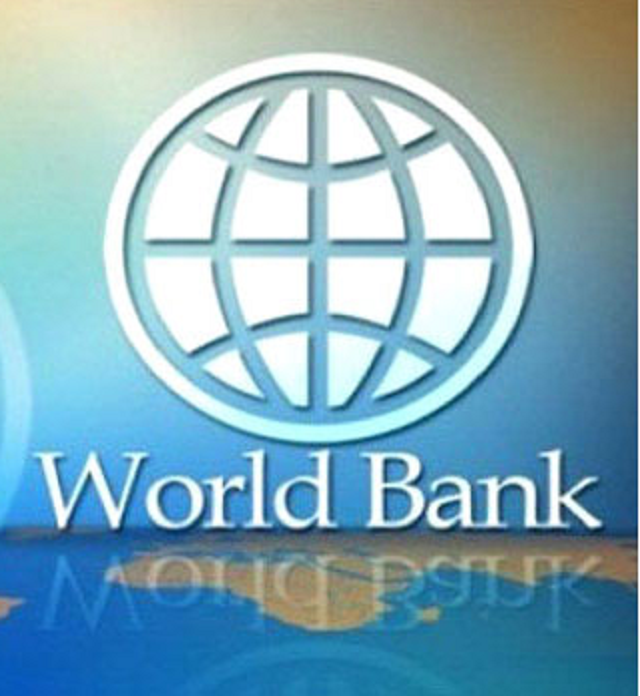The World Bank identifies the Nigerian naira as one of the poorest performing currencies in Sub-Saharan Africa for 2024 in its latest Africa’s Pulse report.
As of the end of August 2024, the naira depreciates by approximately 43% year-to-date, placing it alongside the Ethiopian birr and South Sudanese pound.
The report states, “Countries like Ethiopia, Ghana, and Nigeria struggle with their currencies, which continue to weaken amid pressing demand for foreign exchange. Efforts to address social unrest linked to high living costs in Angola and Nigeria add pressure to public finances.”
Demand for U.S. Dollars Drives Depreciation
Several factors contribute to the naira’s depreciation, including an increased demand for U.S. dollars in the parallel market, limited dollar inflows, and delays in foreign exchange disbursements by the Central Bank of Nigeria (CBN).
The World Bank observes that financial institutions, non-financial entities, and money managers intensify the demand for dollars, putting additional strain on the naira. The report notes, “The Angolan kwanza, Malawian kwacha, Nigerian naira, South Sudanese pound, and Zambian kwacha rank as the worst performing currencies in the region this year. The weakening of many African currencies results from foreign exchange shortages, subdued export proceeds, and increased international debt payments.”
Despite government efforts to reform the foreign exchange market, including the liberalization of the official exchange rate in June 2023, these measures fail to stabilize the currency. The naira’s decline reflects broader economic challenges in Nigeria, such as decreasing foreign currency reserves and rising inflation. This depreciation leads to higher domestic prices, particularly for imported goods, further straining Nigerian consumers.
Mixed Performance of African Currencies
In contrast, some African currencies, like the Kenyan shilling and South African rand, show signs of recovery in 2024. The Kenyan shilling strengthens by 21% year-to-date by the end of August, emerging as one of the region’s top performers. However, foreign exchange shortages persist as a concern across many African economies.
The depreciation of the naira exacerbates inflationary pressures, making imported goods and services more expensive and diminishing the purchasing power of Nigerians. The currency’s decline, coupled with rising fuel prices, significantly impacts the transportation sector, heavily reliant on imported petroleum products.
Despite ongoing fiscal reforms intended to stabilize the economy, the World Bank projects that inflation in Nigeria remains elevated in the coming months.
After experiencing a brief appreciation of over 5% at the beginning of the week, the naira faces a sharp decline on Tuesday, October 15, 2024, as foreign exchange turnover decreases. According to NAFEM data from FMDQ, the naira closes at N1,658.97 per U.S. dollar on that date, marking a 6.39% decline from N1,552.92 the previous day.
The substantial 36.62% drop in foreign exchange turnover, from $343.71 million on Monday to $217.86 million on Tuesday, indicates reduced dollar liquidity in the market, worsening pressure on the naira.
Earlier reports note that the naira fell to a new record low, closing at N1,700 per dollar in the parallel market on Monday, reflecting a 0.29% decrease from the previous rate of N1,695 on October 11.
Additionally, Nigeria’s headline inflation rate rises to 32.70% in September 2024, up from 32.15% in August, according to the National Bureau of Statistics (NBS) Consumer Price Index (CPI) report. This increase is driven by rising transportation costs and food prices.














